There are some foods that we rarely, if ever, give any thought to, and they tend to be the ones that are given to us for free after meals: after-dinner mints, for example, or that ubiquitous cellophane-wrapped “dessert” known as the fortune cookie.
So let’s take a few minutes and finally answer the question, “What’s the deal with fortune cookies?”
When you go to a Chinese restaurant, you expect a certain level of consistency. Not just from the last time you ate there, but from what you expect these dishes to taste like, and also the overall experience. In many ways, Chinese restaurants are like pizzerias: you have an expectation of what you’ll be getting, and most of the time you get exactly that.
If you were to walk into a Chinese restaurant and hear rap blaring, for example, you’ll most likely experience a bit of cognitive dissonance: it’s just completely unexpected. Same goes for the food: sesame chicken is sesame chicken, and wherever you go you expect it to be more or less the same from the last time you ordered it, wherever you were. And at the end of the meal, you expect to receive a fortune cookie with your check. You’ll crack it open, read your “fortune,” (which is usually more of a proverb), eat the cookie, pay your bill, and go on your merry way.
But there’s a long story behind every fortune cookie.
Who makes them? Where did they come from? What’s that difficult-to-identify flavor in there? And who thinks up all of those fortunes? It’s time we answered these questions once and for all.
So if you want to show off some serious knowledge the next time you crack into a fortune cookie, read on to learn everything you ever wanted to know about them.
1. Their Origin is a Mystery
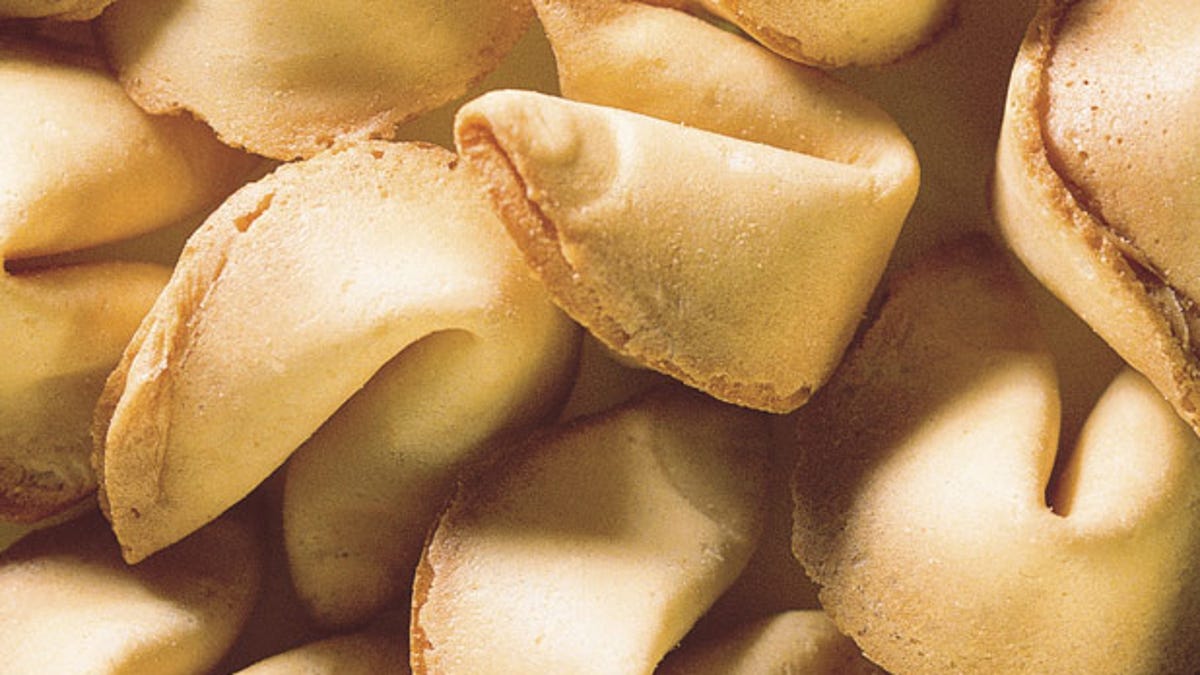
(Stockbyte/Thinkstock)
While their Japanese origins aren’t disputed, nobody knows exactly where the modern fortune cookie came from. It’s widely reported that they made their first American appearance at San Francisco’s Japanese Tea Garden in the 1890s, however.
2. Nobody Knows Who Invented Them
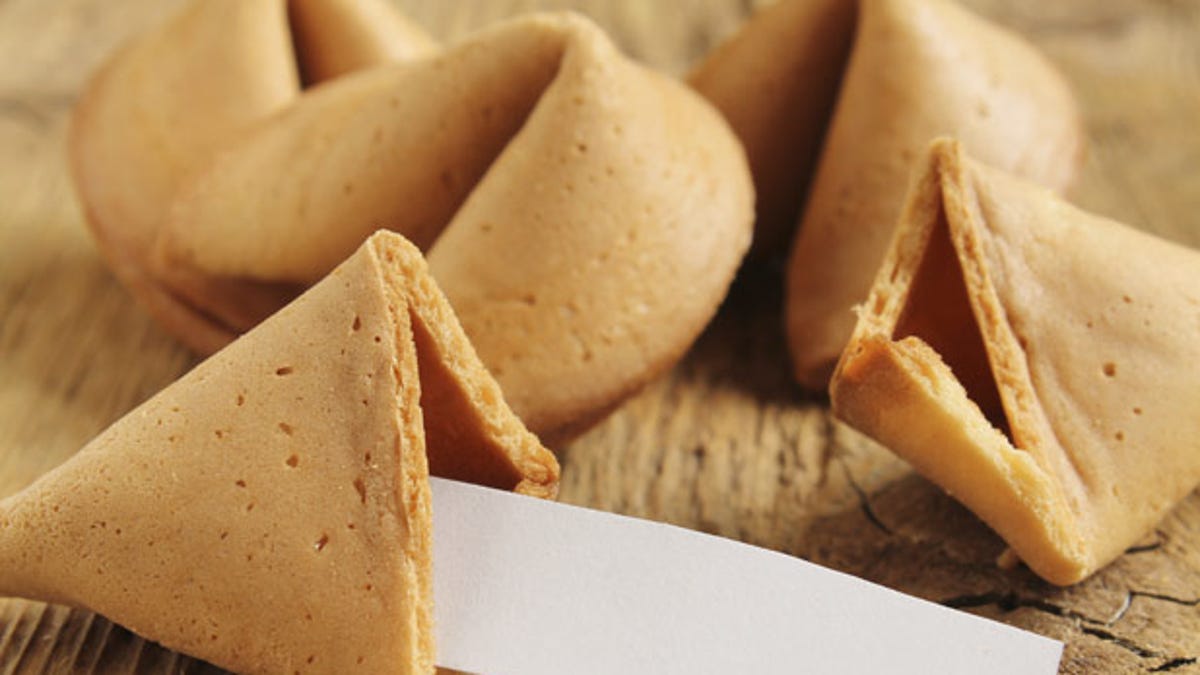
(iStockphoto/Thinkstock)
Several people have claimed to be the sole inventor of the fortune cookie, including the founder of Los Angeles’ Hong Kong Noodle Company, David Jung, who claimed that he invented them in 1918, and Seiichi Koto, a Los Angeles restaurant owner who claimed that he got the idea to insert fortunes into cookies from slips that are sold at temples in Japan, and sold them to restaurants in the city.
3. They’re Based on a Japanese Recipe
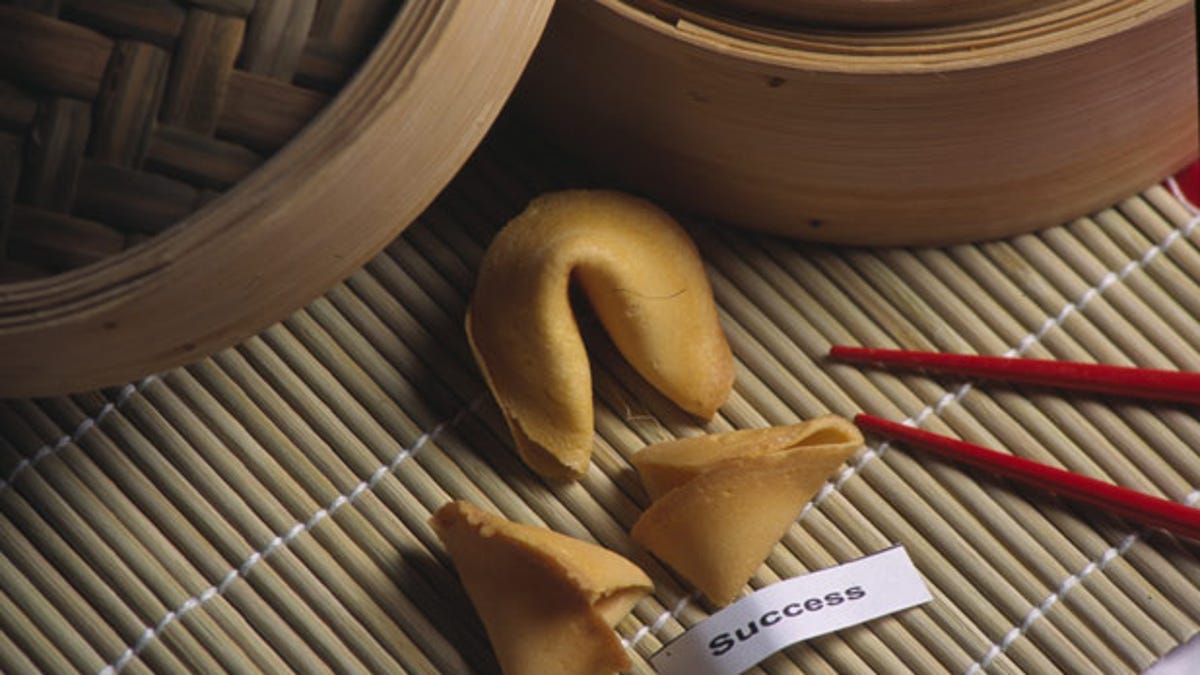
(Photos.com/Thinkstock)
In several regions of Japan, a cookie called sujiura senbei is sold on the new year for good luck, and these are widely believed to be the origin of the modern fortune cookie. The fortunes are actually baked into the cookies, however, and they’re larger and use a different recipe.
4. You Won’t Find Them in China
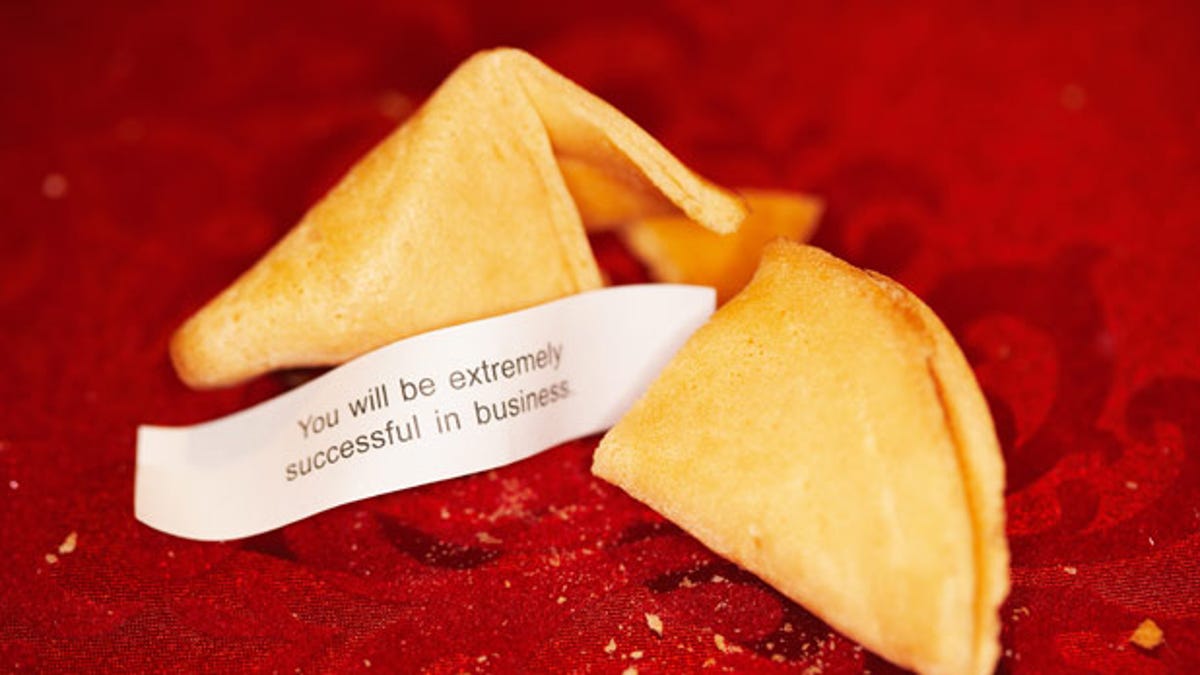
(Photos.com/Thinkstock)
Fortune cookies didn’t make their way to China until 1989, and they were sold as “genuine American fortune cookies,” believe it or not. Another company tried to get in on the action in 1992, but they gave up due to lack of sales. Nowadays they’re all but nonexistent there.
5. A LOT of Them are Made Each Year
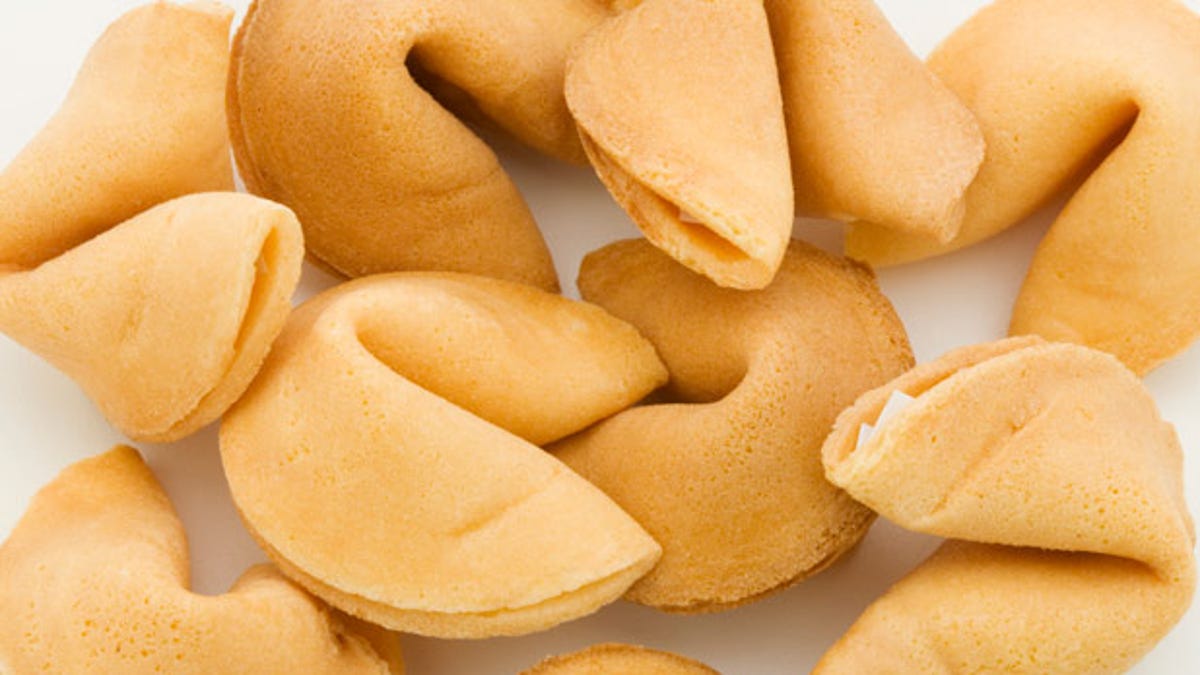
(Liquidlibrary/Thinkstock)
A whopping three billion fortune cookies are made each year, and a machine called the Kitamura FCM-8006W can turn out 8,000 in an hour.
6. The Largest Manufacturer is in Brooklyn
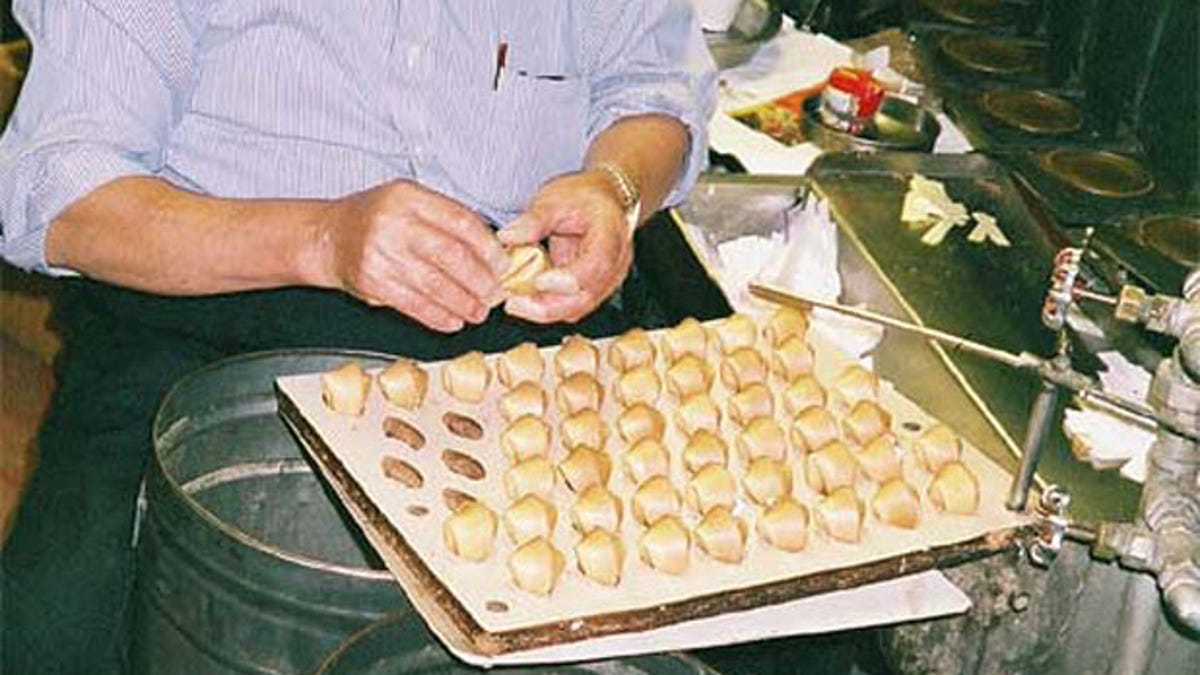
(Wikimedia Commons/Mu)
Your fortune cookie most likely was baked in Brooklyn, NY, by a company called Wonton Food, Inc. They produce 4.5 million of them every day.
See more awesome facts about fortune cookies.
More from The Daily Meal
11 Things You Didn’t Know About SPAM
20 Foods You Didn’t Know Were Named After People
